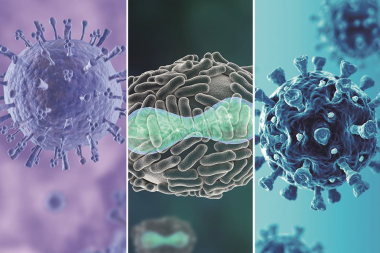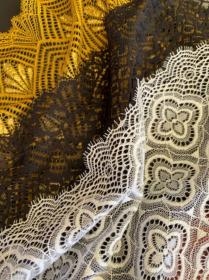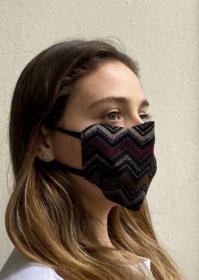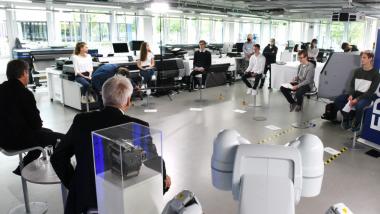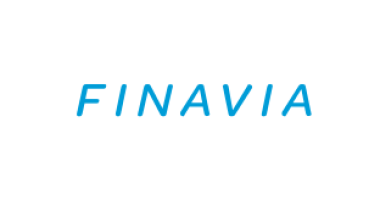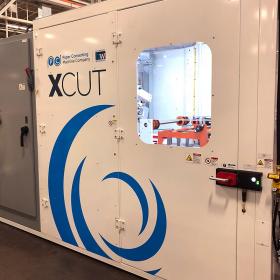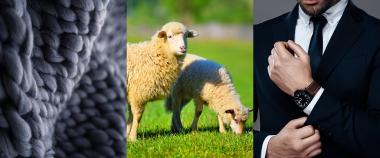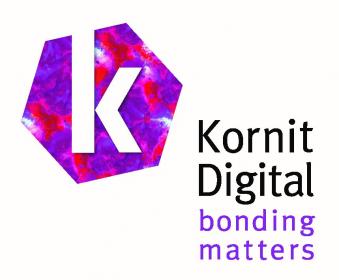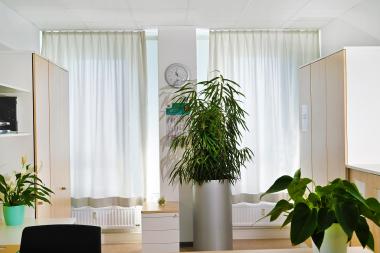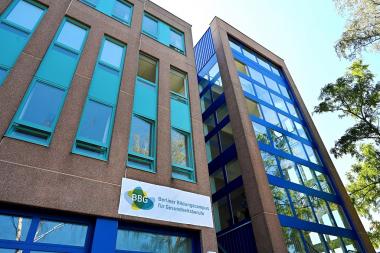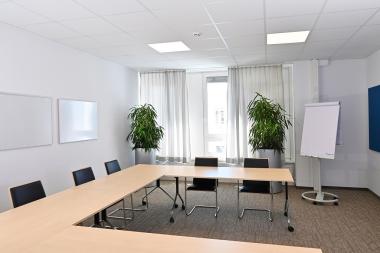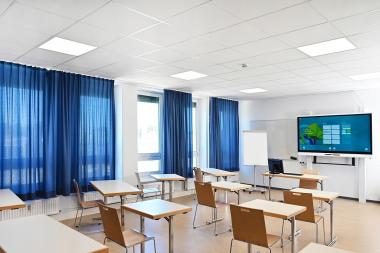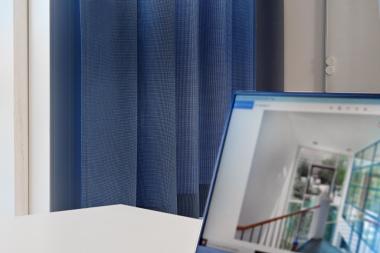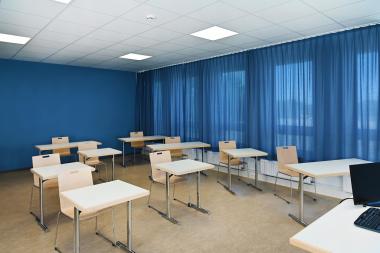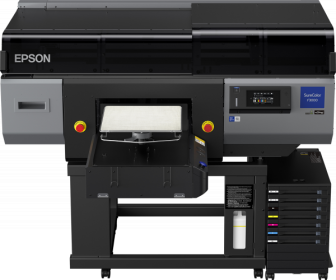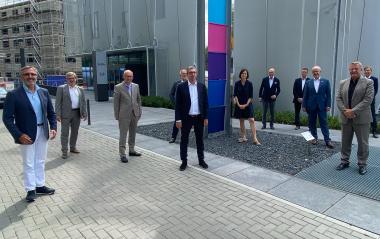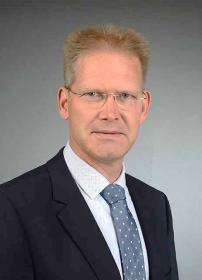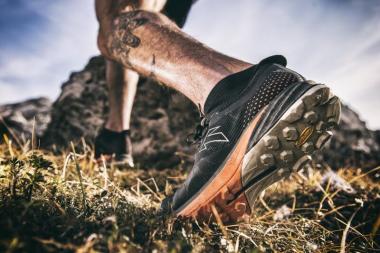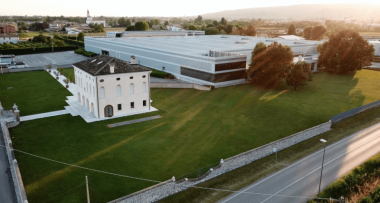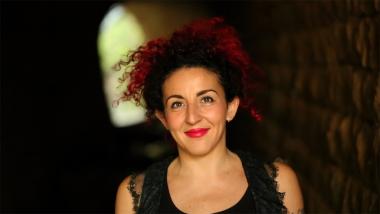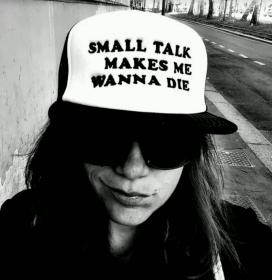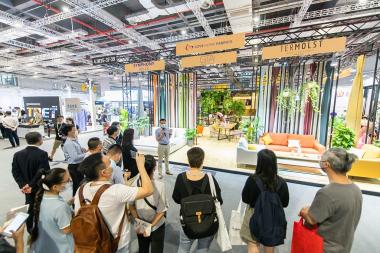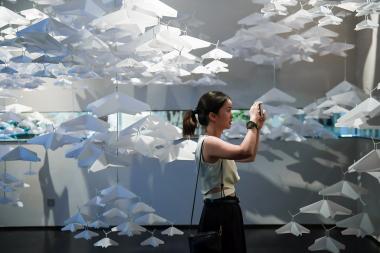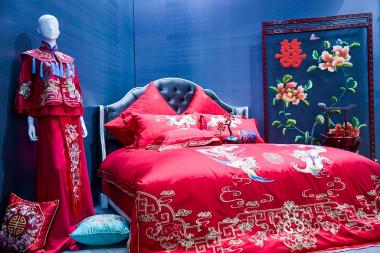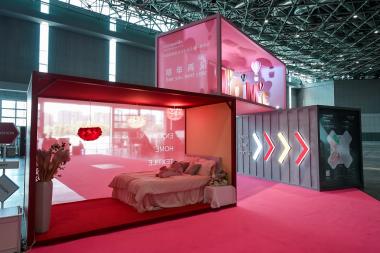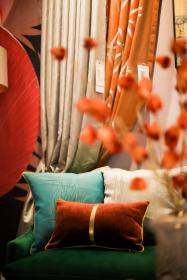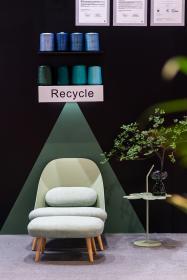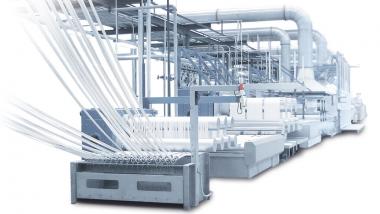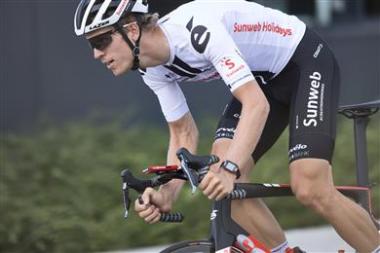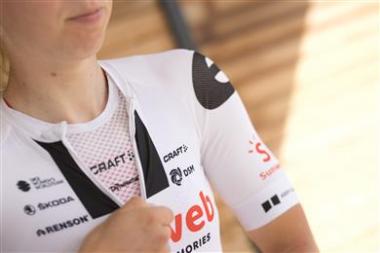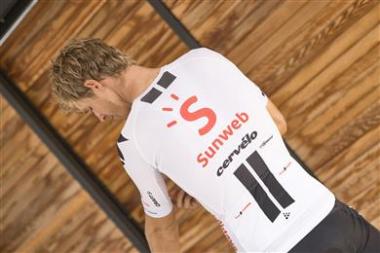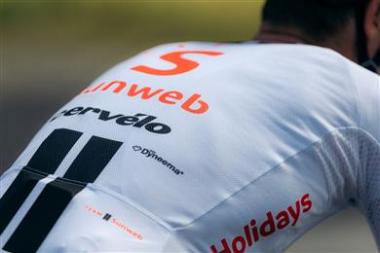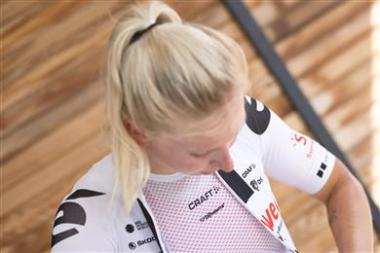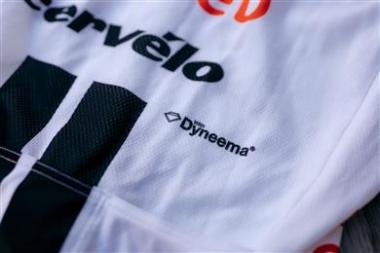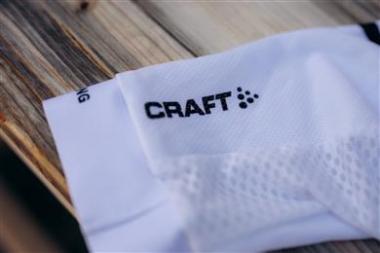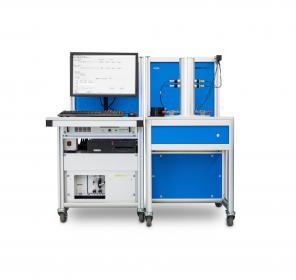Devan shows high activity of BI-OME against SARS-COV-2 and other viruses after intense washing
RONSE, BELGIUM – Devan today announces new test results confirming the high performance virus-reducing capabilities of its BI-OME fabric coating technology on both unwashed and intensely washed fabrics. According to independent testing, BI-OME is proven to achieve 99% and higher virus reduction, including of SARS-COV-2, on samples before washing and retains 98.5% even after 25 wash cycles.
“In view of the COVID-19 pandemic and fast-approaching autumn/winter flu season, we were keen to provide textile manufacturers with concrete assurance regarding virus reduction performance on washed samples according to ISO 18184. This exceeds the limitations of the post-wash antimicrobial results most commonly shared for other technologies, giving the textile industry a clear, more precise overview of performance and wash durability,” comments Sven Ghyselinck, CEO of Devan.
Over recent months, Devan has worked closely with a series of international third party laboratories to test different fabric substrates against a wide of enveloped viruses. Before washing, samples treated with Devan BI-OME score very good to excellent (99% and higher according to ISO 18184) results on virus reduction. Different substrates, like polyester, cotton and polycottons, were exposed to enveloped viruses like SARS-COV-2 (known to cause COVID-19), Feline Corona, Vaccinia (the EU standard for enveloped viruses) and Porcine Respiratory viruses. After 30minutes, BI-OME already reduced 99.96% of the activity of SARS-COV-2.
After washing, a decrease in virus reduction performance of coating technologies is normal and expected. However, BI-OME is confirmed to deliver only a minimal reduction, retaining up to 98.5% virus reduction even when the fabric is washed 25 times. Devan is further improving its formulas to improve wash resistance even more and at the same time keep the economical add-on cost as low as possible.
Devan’s BI-OME is already endorsed by a wide range of companies. Their collections span diverse applications including bedding, clothing, travel accessories, and transport.
BI-OME is a non-metal non-leaching quat silane-based chemistry. The product is BPR (EU, TR) and EPA registered and Ökotex class 1 registered. Through its nature it is inherently biodegradable.
Marketing Solutions NV


